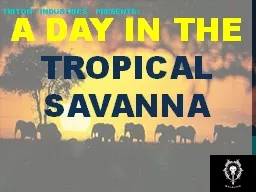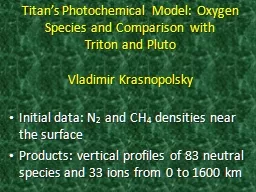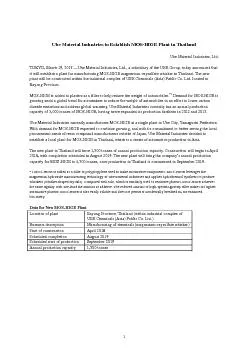PPT-Triton Industries presents:
Author : cappi | Published Date : 2021-01-27
A Day in the Tropical Savanna Africa Australia Asia South America North America We are Unique Dominated by grasses and other herbaceous plants Shrub and treesized
Presentation Embed Code
Download Presentation
Download Presentation The PPT/PDF document "Triton Industries presents:" is the property of its rightful owner. Permission is granted to download and print the materials on this website for personal, non-commercial use only, and to display it on your personal computer provided you do not modify the materials and that you retain all copyright notices contained in the materials. By downloading content from our website, you accept the terms of this agreement.
Triton Industries presents:: Transcript
Download Rules Of Document
"Triton Industries presents:"The content belongs to its owner. You may download and print it for personal use, without modification, and keep all copyright notices. By downloading, you agree to these terms.
Related Documents














